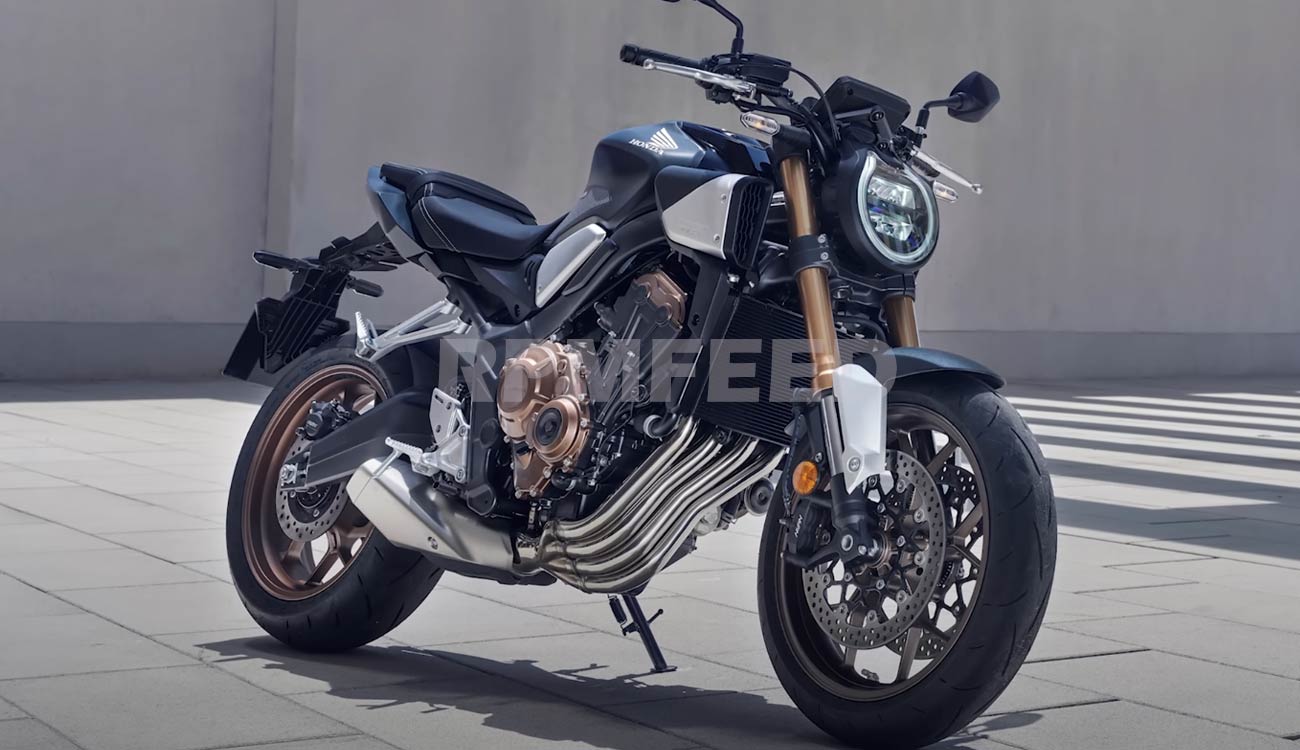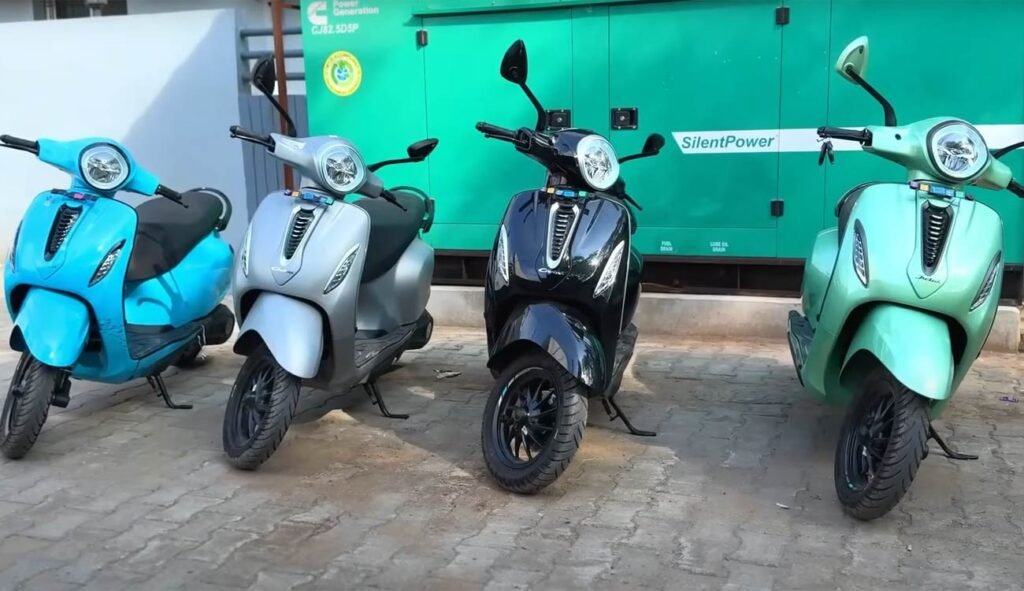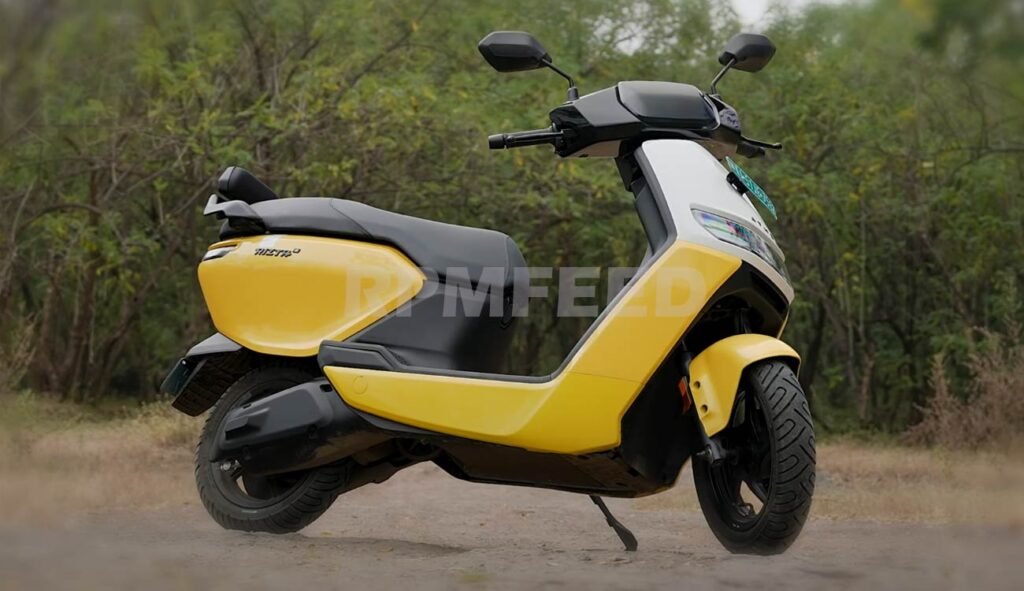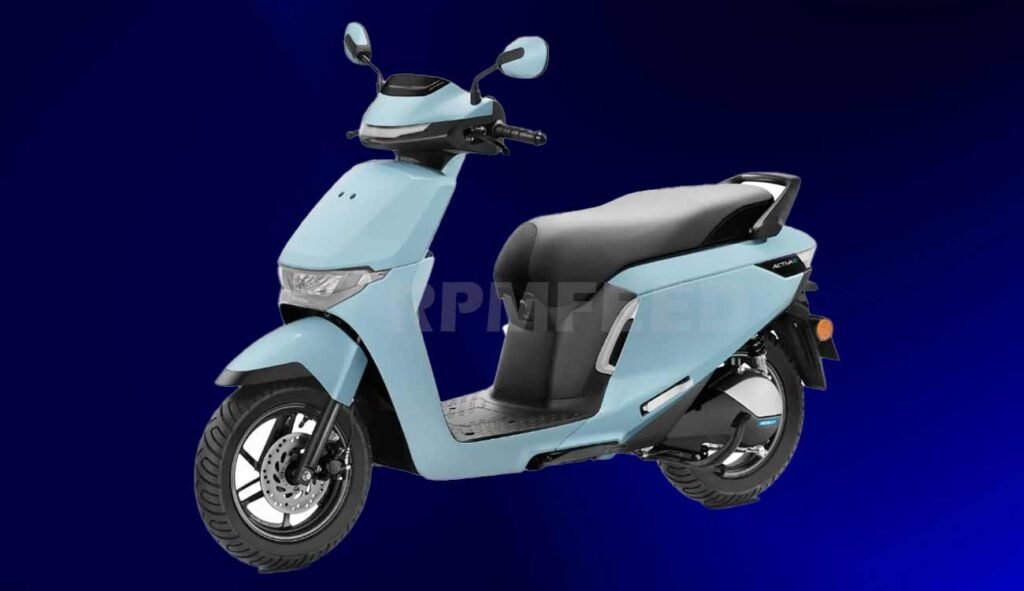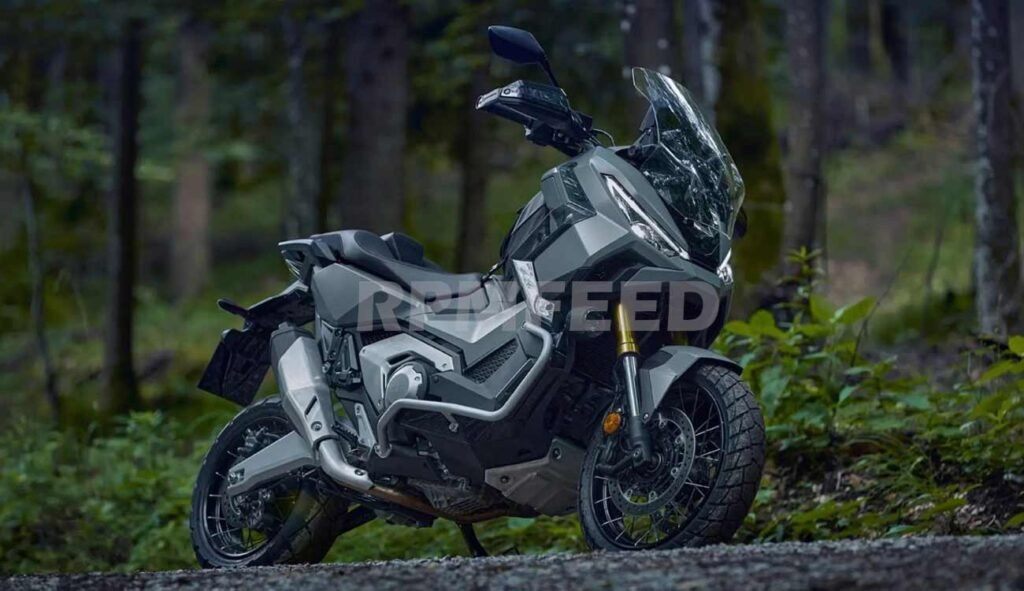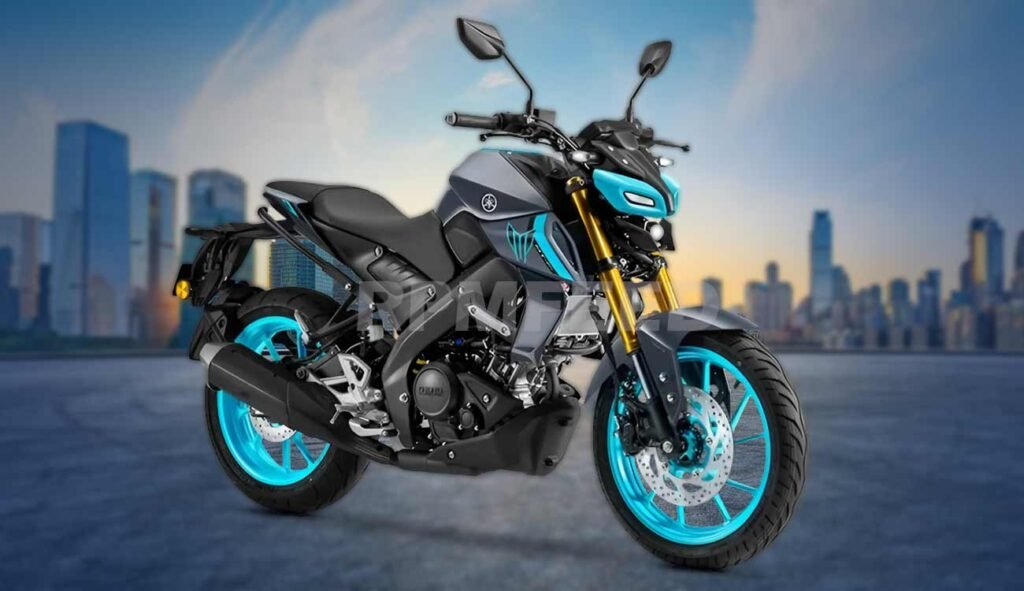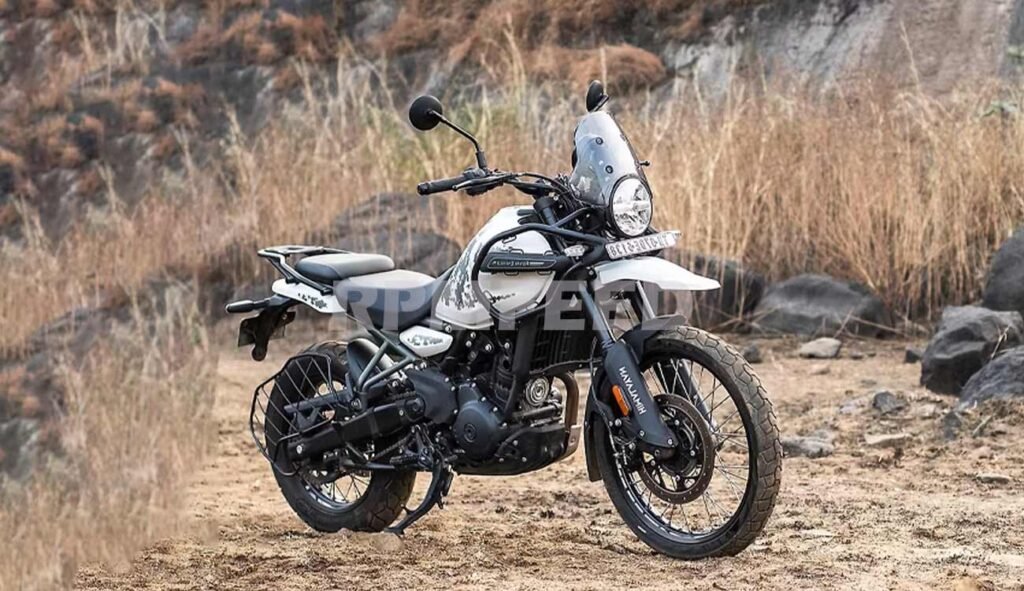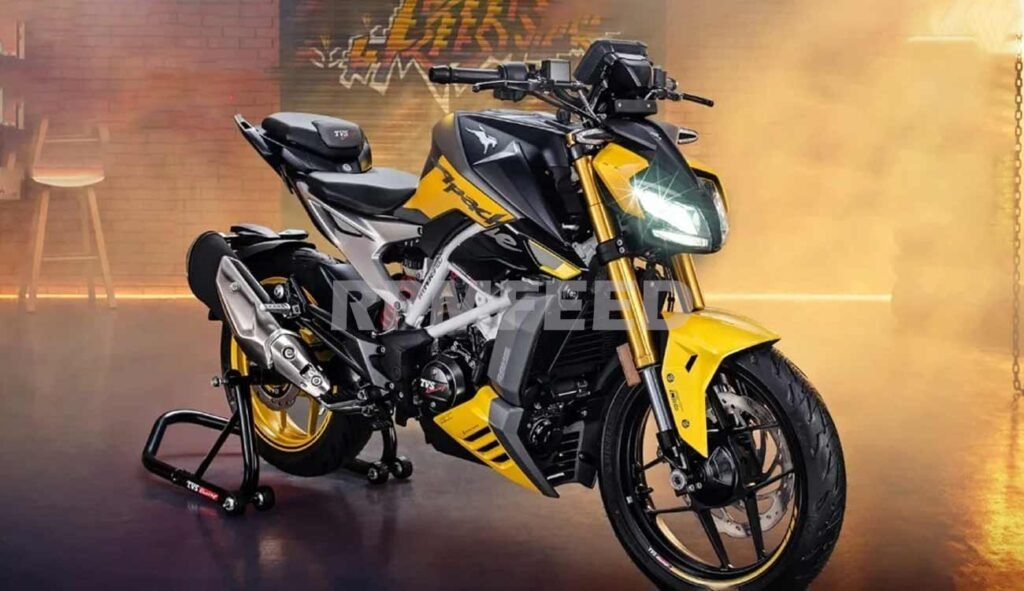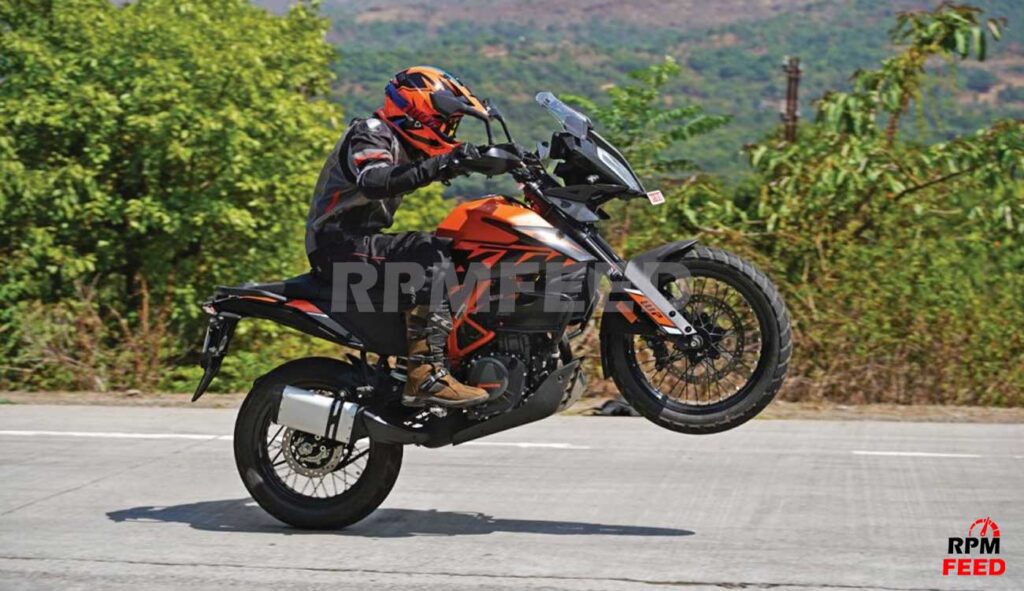The Ministry of Road Transport and Highways has taken a major step toward enhancing safety for two-wheeler riders. Starting January 2026, all two-wheelers manufactured in India must be equipped with ABS (anti-lock braking system). Additionally, dealers will be required to provide two BIS-certified helmets with every two-wheeler sold, ensuring both the rider and pillion have proper safety gear. Detailed guidelines on these new regulations are expected to be published soon.
Currently, two-wheelers with engine displacements of 125cc and above are required to have ABS, while smaller-capacity models are mandated to use CBS (combined braking system). However, with increasing road accidents caused by skidding during sudden braking and the prevalence of head injuries, the government’s expanded ABS requirement aims to significantly reduce fatalities.
Why ABS is a Game-Changer
Unlike CBS, ABS prevents wheels from locking up during sudden braking, which greatly improves vehicle stability on slippery roads or during emergencies. This can be a lifesaver, especially in India, where road conditions can be unpredictable. For context, government data highlights that a large portion of two-wheeler accidents involves skidding and wheel lock-ups, which ABS effectively addresses.
Impact on Entry-Level Two-Wheelers
While this move is a win for road safety, it may come with financial implications, particularly for buyers of entry-level two-wheelers. Adding ABS typically requires a front disc brake upgrade, leading to an estimated price hike of over ₹5,000 for models in this cost-sensitive segment. Popular models like the Hero Splendor, Honda Shine 100, and Bajaj Platina 100 are likely to see such adjustments. Still, the long-term safety benefits greatly outweigh the upfront cost increase.
Final Thoughts
The mandatory inclusion of ABS and helmets signals a much-needed shift toward prioritizing safety on Indian roads. For two-wheeler users, understanding and valuing these safety upgrades will pave the way for safer journeys.
